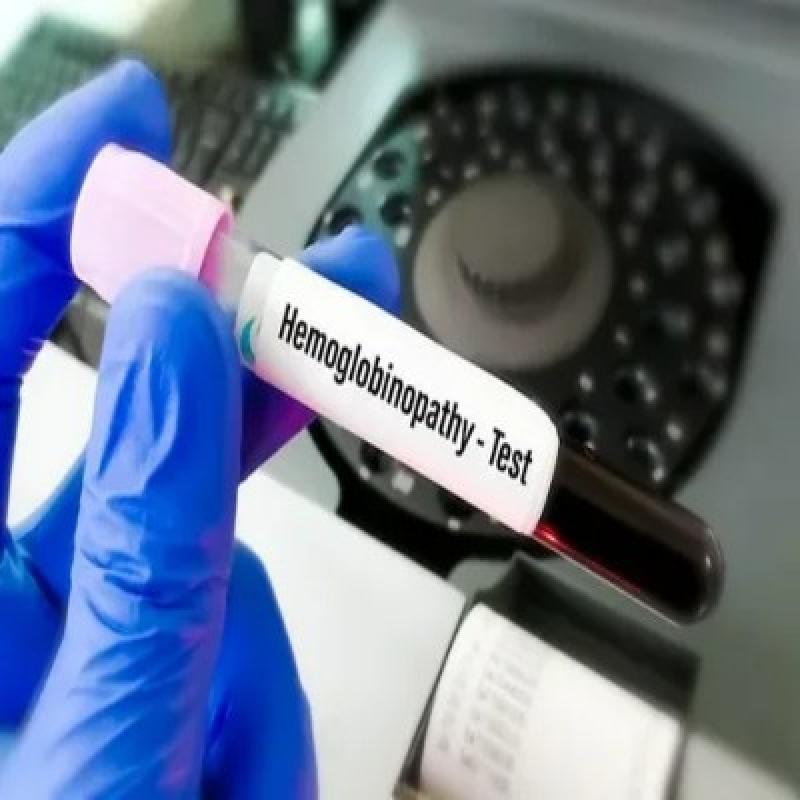Understanding Hemoglobinopathy Disorders and Their Impact on Global Healthcare Systems
Hemoglobinopathy represents a significant group of inherited blood disorders that affect millions of people worldwide, causing substantial health complications and creating considerable challenges for healthcare systems globally. These genetic conditions occur when the body produces abnormal forms of hemoglobin, the iron-rich protein in red blood cells responsible for carrying oxygen throughout the body. The molecular structure variations in hemoglobin chains lead to various clinical manifestations, ranging from mild anemia to severe life-threatening complications that require comprehensive medical management and ongoing therapeutic interventions.
The prevalence of Hemoglobinopathy varies significantly across different geographical regions, with higher concentrations observed in areas historically affected by malaria, including sub-Saharan Africa, Mediterranean countries, Middle Eastern regions, and parts of Asia. This distribution pattern reflects the evolutionary advantage that certain hemoglobin variants provide against malaria infection, though the homozygous inheritance of these variants often results in severe clinical consequences. Understanding the complex relationship between genetic inheritance patterns and environmental factors remains crucial for developing effective prevention strategies and treatment protocols.
Primary Classifications of Hemoglobin Disorders Affecting Patient Populations
Hemoglobinopathy encompasses several distinct categories of disorders, each characterized by specific genetic mutations and clinical presentations. Structural variants represent one major classification, where amino acid substitutions in globin chains create altered hemoglobin molecules with modified functional properties. These structural changes can affect oxygen affinity, solubility, and stability of the hemoglobin molecule, leading to various pathophysiological consequences including hemolysis, vascular occlusion, and organ damage.
Thalassemia syndromes constitute another primary category, characterized by reduced or absent production of normal globin chains rather than structural abnormalities. Alpha-thalassemia results from deletions or mutations affecting alpha-globin gene clusters, while beta-thalassemia involves mutations in beta-globin genes. The severity of thalassemia depends on the number of affected genes and the type of mutations present, ranging from asymptomatic carrier states to severe transfusion-dependent conditions requiring lifelong medical management.
Sickle cell disease represents the most common and well-studied structural hemoglobinopathy, caused by a single nucleotide substitution resulting in the production of hemoglobin S. This mutation causes red blood cells to assume a characteristic sickle shape under deoxygenated conditions, leading to increased fragility, hemolysis, and vascular occlusion. The clinical manifestations include painful crises, acute chest syndrome, stroke, and progressive organ damage affecting multiple systems throughout the body.
Diagnostic Approaches and Laboratory Testing Methods for Blood Disorders
Modern diagnostic approaches for hemoglobinopathy rely on sophisticated laboratory techniques capable of identifying specific hemoglobin variants and quantifying their proportions within the total hemoglobin population. High-performance liquid chromatography has emerged as a primary screening method, offering excellent separation and quantification capabilities for most common hemoglobin variants. This technique provides rapid, automated analysis suitable for large-scale screening programs and routine clinical diagnostics.
Electrophoretic methods, including alkaline and acid electrophoresis, continue to play important roles in hemoglobinopathy diagnosis, particularly in resource-limited settings where more advanced equipment may not be readily available. These techniques separate hemoglobin variants based on their electrical charge differences, allowing identification of most clinically significant variants. However, some variants with similar electrophoretic mobility may require additional confirmatory testing for accurate identification.
Molecular genetic testing has become increasingly important for definitive diagnosis, carrier screening, and prenatal testing. DNA analysis techniques can identify specific mutations responsible for hemoglobinopathy, providing precise genetic information essential for genetic counseling and family planning decisions. Next-generation sequencing technologies are expanding diagnostic capabilities, enabling comprehensive analysis of globin gene clusters and identification of rare or novel variants that may not be detected by conventional methods.
Therapeutic Management Strategies and Treatment Innovation Developments
Treatment approaches for hemoglobinopathy have evolved significantly over recent decades, transitioning from purely supportive care to comprehensive disease-modifying therapies targeting underlying pathophysiology. Blood transfusion therapy remains a cornerstone treatment for severe forms of hemoglobinopathy, particularly in thalassemia major and certain sickle cell disease complications. Regular transfusion programs can effectively manage anemia and prevent many acute complications, though they introduce challenges related to iron overload and alloimmunization.
Get This Report in Japanese Language: ヘモグロビン血症
Get This Report in Korean Language: 헤모글로빈 병증
Read More Articles Related to this Industry- Neuroendocrine Tumor Treatment Options: Comparing Surgery, Radiation, and Drug Therapies
About Author:
Ravina Pandya, Content Writer, has a strong foothold in the market research industry. She specializes in writing well-researched articles from different industries, including food and beverages, information and technology, healthcare, chemical and materials, etc. (https://www.linkedin.com/in/ravina-pandya-1a3984191)
